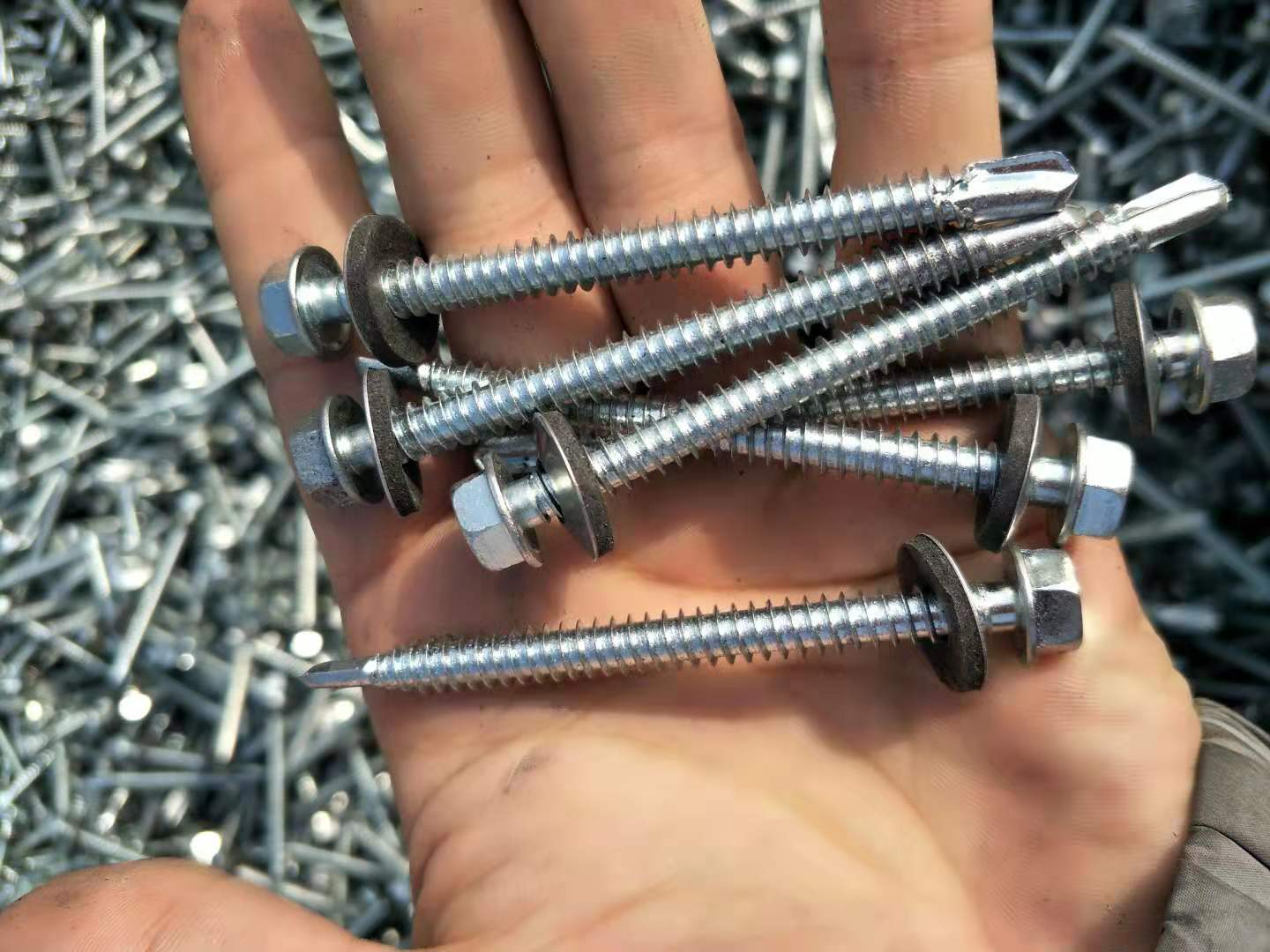din125 plain washer flat washer manufacturers
Understanding DIN 125 The Importance of Plain Washers in Manufacturing
In the world of manufacturing and assembly, seemingly small components can play a crucial role in ensuring the overall integrity of a product. One such component is the plain washer, also known as a flat washer, which falls under the DIN 125 standard. It may appear insignificant at first glance, but its functionality is vital in various applications across different industries. This article will delve into the importance of DIN 125 plain washers, their manufacturing process, and why engaging with reputable manufacturers is essential.
What is a DIN 125 Plain Washer?
A DIN 125 plain washer is a flat disc, primarily made from materials such as steel, stainless steel, or plastic. This component is designed to be used in conjunction with a bolt or screw. Its primary function is to distribute the load of the fastener over a larger surface area, thereby reducing the risk of damage to the material being fastened. In addition to load distribution, plain washers also serve several other purposes, including
1. Preventing Seizing When metal surfaces are fastened together, they can become locked due to galvanic action or corrosion. Washers provide a buffer, minimizing the chance of seizing. 2. Vibration Dampening Washers can absorb vibrations, preventing loosening of fasteners over time, which is crucial in machinery and automotive applications.
3. Sealing Properties While plain washers are not typically sealing washers, they can create a secondary sealing effect against moisture ingress when used with appropriate fasteners.
The Manufacturing Process of DIN 125 Washers
The manufacturing of DIN 125 plain washers involves several important steps
1. Material Selection Manufacturers select high-quality materials based on the intended application. For instance, stainless steel is frequently chosen for corrosion resistance, while carbon steel is valued for strength.
2. Stamping or Punching The selected material is then cut into washer shapes using stamping or punching techniques. This process ensures that the washers meet precise dimensions as specified in the DIN 125 standard.
din125 plain washer flat washer manufacturers

4. Finishing Processes After shaping, plain washers may be subjected to surface treatments, such as galvanizing, to improve resistance to rust and other environmental factors.
5. Quality Control Reputable manufacturers conduct thorough inspections to ensure that each batch of washers adheres to strict quality control measures, guaranteeing durability and reliability.
Choosing the Right Manufacturer
When sourcing DIN 125 plain washers, selecting a reputable manufacturer is key. A reliable supplier not only ensures adherence to the DIN standards but also offers various materials and sizes to meet specific requirements. Additionally, looking for manufacturers that provide detailed certifications and test reports can offer extra assurance of quality. Here are a few factors to consider when choosing a manufacturer
- Experience and Reputation Established manufacturers with a history in the industry are often more reliable. Look for customer reviews and testimonials.
- Quality Standards Ensure the manufacturer adheres to relevant quality certifications, such as ISO 9001, which indicates a commitment to consistent quality.
- Custom Solutions Depending on your application, you might require washers of non-standard sizes or materials. Verify that the manufacturer can accommodate custom orders.
- Lead Time and Delivery Timely delivery of components is essential in manufacturing. Make sure to discuss lead times and delivery options before committing.
Conclusion
In summary, DIN 125 plain washers are integral components in various manufacturing applications, providing vital functions such as load distribution, vibration dampening, and corrosion resistance. Understanding their importance and the manufacturing process can guide you in selecting the right product for your needs. By opting for reputable manufacturers, you ensure the quality and performance of the washers, which in turn bolsters the integrity of your assembled products. In the intricate world of manufacturing, investing attention in these small components can lead to significant enhancements in overall efficiency and safety.
-
Top Choices for Plasterboard FixingNewsDec.26,2024
-
The Versatility of Specialty WashersNewsDec.26,2024
-
Secure Your ProjectsNewsDec.26,2024
-
Essential Screws for Chipboard Flooring ProjectsNewsDec.26,2024
-
Choosing the Right Drywall ScrewsNewsDec.26,2024
-
Black Phosphate Screws for Superior PerformanceNewsDec.26,2024
-
The Versatile Choice of Nylon Flat Washers for Your NeedsNewsDec.18,2024










